If you run a small business, you’ve probably been told to “know your audience.” But what does that actually mean? In this article, we’ll walk through real-world market segmentation, targeting and positioning examples from well-known brands. You’ll see exactly how they choose their audience, shape their message, and build offerings that truly resonate.
We’ll use the same seven-step STP method we covered in our Small Business Guide to STP, but now, we’ll show how big brands apply those steps in a way that any business (yes, even yours) can learn from.
And if you’re new to market segmentation, you can start with our article Market Segmentation for Non-Marketers – A Beginner’s Guide.
Market Segmentation Examples from Innocent – How a Smoothie Brand Built a Loyal Tribe
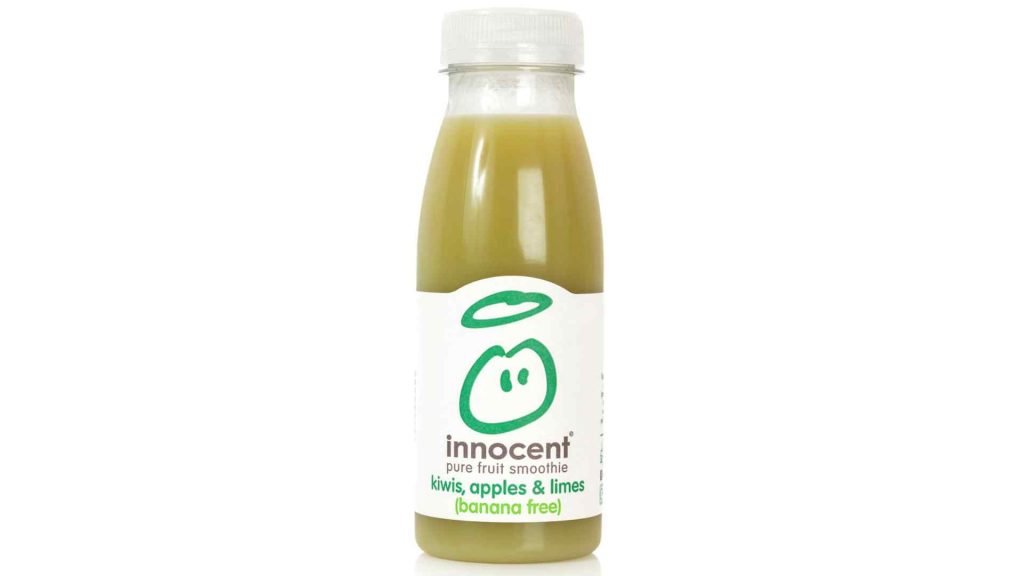
Innocent is one of the clearest examples that small businesses can learn from. This well-loved UK smoothie brand didn’t succeed just by following trends. It made clear choices about who it was for and shaped the entire brand around those people’s lifestyle and values.
Step 1 – Start with a Broad View of the Market
In the late 90s, supermarket shelves were packed with fizzy drinks, sugary juices, and cheap squash. But something was shifting. More people were starting to care about what they put into their bodies. They worried about sugar, wanted healthier choices, but still craved good taste and convenience.
That’s exactly what the three friends behind Innocent noticed. They asked themselves: Who’s tired of the usual drink options? Who wants something cleaner and more natural, and is happy to pay a bit more for it?
Step 2 – Understand What Influences Buying Decisions
Innocent quickly realised that health alone wouldn’t be enough to sell their drinks. Their customers wanted trusted ingredients, good taste (not green juice that tastes like grass), convenience, and a brand that felt real and friendly.
They also saw some barriers: people worried smoothies had too much sugar, were overpriced, or weren’t seen as cool.
So, Innocent focused on building trust. They listed every ingredient clearly, kept the supply chain simple, and used a tone of voice that was light-hearted but informative, more chatty than salesy.
Step 3 – Group Customers into Clear Segments
Innocent knew their drinks wouldn’t be for everyone, and that was fine. Instead of chasing broad appeal, they concentrated on the kinds of people who most likely to buy. More than age or income, it was lifestyle that shaped their decisions. Three main groups stood out:
- Health-conscious young adults who are short on time
- Parents looking for healthy lunchbox options
- Busy professionals needing a quick, nourishing pick-me-up
Step 4 – Choose the Right Group to Focus On
Instead of trying to go after everyone at once, Innocent focused on one clear group first: urban young professionals. These people had enough income to try something new, already cared about wellbeing and ethical choices, and shopped in places where Innocent drinks could be easily placed, like Pret or Sainsbury’s.
By winning over this group, they created momentum and credibility before expanding to others.
Step 5 – Create a Clear Customer Profile
They shaped their message around personas, like a busy young professional who cared about health and trusted brands. This kind of profile shaped everything: the tone on the labels, the look of the packaging, the social media voice, and even how they responded to customers online.
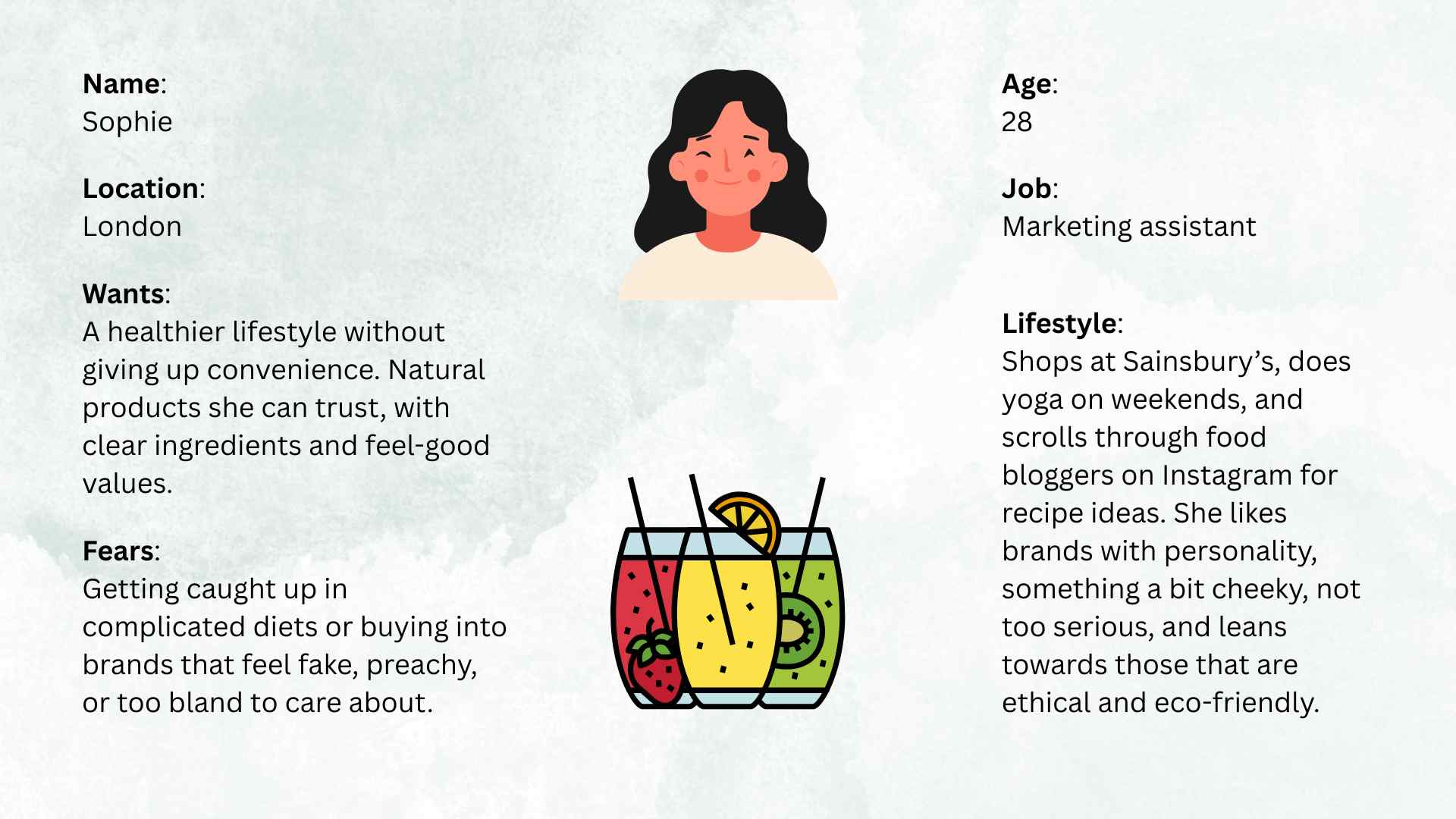
Step 6 – Adjust the Offer Based on Their Needs
This is where Innocent stood out. They didn’t invent smoothies, but they made them feel fresh, simple, and personal.
- Product: 100% fruit, clean ingredients, playful branding with hand-drawn style.
- Price: Premium but still accessible, positioned as a smart, healthy treat.
- Place: Sold where their audience already shopped – gyms, supermarkets, train stations.
- Promotion: Friendly tone, cheeky humour, and campaigns that reflected customer values like sustainability and giving back
Every part of the experience was designed to make their audience feel seen and understood.
Takeaway for Small Businesses
Innocent stood out not by being the biggest or cheapest, but by being clear about who they were for. They looked at a crowded market and chose one audience to serve really well.
If you truly understand your best-fit customer and shape your brand around them, you don’t need a huge marketing budget, just clear focus and empathy.
Market Segmentation Examples from BrewDog – Turning Rebellion into a Brand Strategy
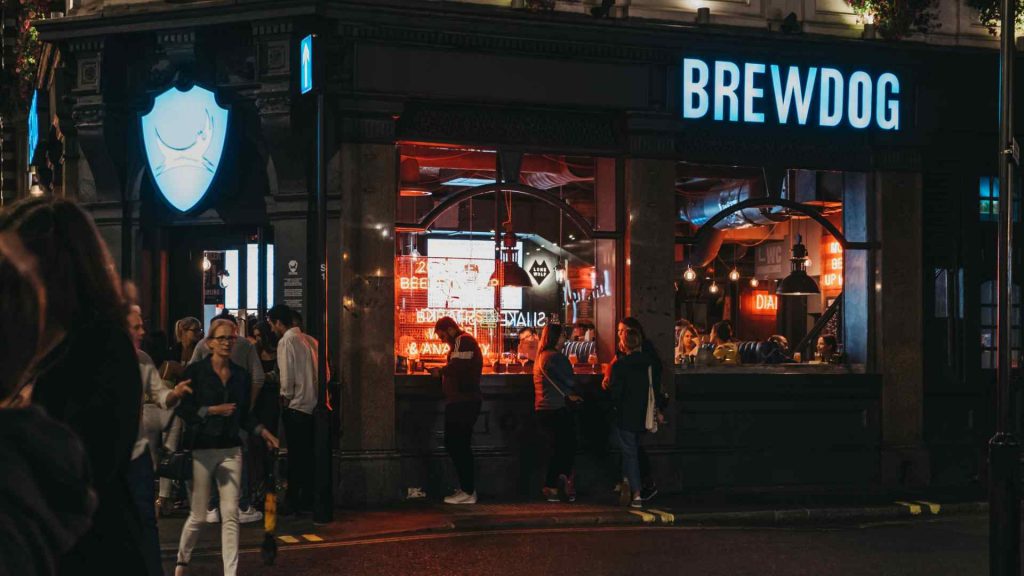
BrewDog started as a small Scottish craft brewery and turned into a global name by doing things differently. From the start, BrewDog had a clear goal: to stir things up, challenge the big brands, and create beer with real character.
Step 1 – Start with a Broad View of the Market
In 2007, global beer giants like Carlsberg, Budweiser, and Heineken dominated shelves with safe, familiar, but bland beers. Craft breweries existed, but few had strong branding or widespread appeal.
BrewDog asked: Who wants more character in their beer? Who’s bored with the same old lager and willing to try bolder flavours and smaller batches?
They realised a growing niche of beer drinkers valued authenticity and rebellion over mass appeal.
Step 2 – Understand What Influences Buying Decisions
BrewDog knew taste alone wasn’t enough. Their ideal customers cared about independent brands, ethical practices, and unique experiences. They sought something different, not just a drink, but an identity.
Yet, they saw clear obstacles: higher prices of craft beer, and the fear of appearing too “hipster”. BrewDog overcame these by being transparent, sharing recipes online, and openly embracing their rebellious identity.
Step 3 – Group Customers into Clear Segments
BrewDog identified several potential segments:
- Craft beer enthusiasts seeking new and bold flavours.
- Younger drinkers (especially Millennials), keen on expressing individuality through the brands they choose.
- Ethical consumers who valued transparent and independent brands.
While these segments had overlapping values, each had distinct motivations: taste discovery, social identity, and ethical consumption.
Step 4 – Choose the Right Group to Focus On
Although BrewDog saw multiple attractive segments, they strategically focused first on young, independent-minded urban drinkers. These customers were active on social media, eager for new experiences, and more likely to spread the word quickly.
By targeting this group initially, BrewDog created a passionate community that organically promoted their beer to broader audiences later.
Step 5 – Create a Clear Customer Profile
Jamie might have been one of BrewDog’s early personas. This persona directly shaped BrewDog’s brand, from beer names to bar atmospheres, making their customers proud to associate with them.
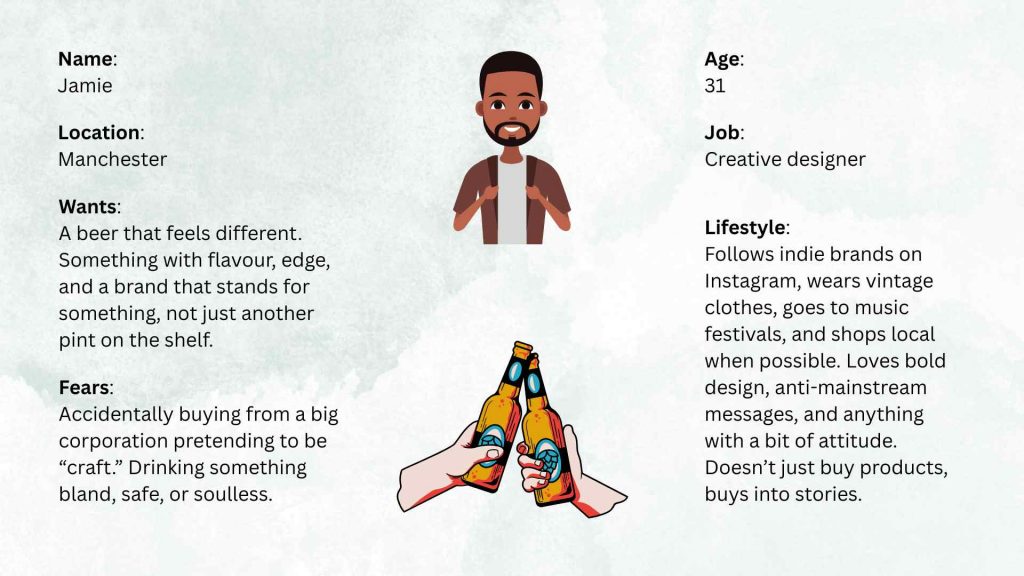
Step 6 – Adjust the Offer Based on Their Needs
BrewDog designed their entire experience around their core audience:
- Product: Stronger ABV, unusual flavours, edgy names like “Punk IPA” or “Dead Pony Club”
- Price: Premium, but positioned as “worth it” because of ethics, ingredients, and uniqueness
- Place: Sold in trendy bars, online, and in their own BrewDog bars, a full brand experience
- Promotion: Bold language, loud designs, anti-establishment marketing (“We are not for everyone”)
They also launched Equity for Punks, letting fans invest in the brand. That deepened loyalty and created an actual community of brand ambassadors.
Takeaway for Small Businesses
BrewDog proved that you don’t need to appeal to everyone. By choosing a clear audience and speaking their language, you can create something that sticks.
If your brand stands for something real, and your customers see themselves in it, you’ll build more than a customer base. You’ll build a movement.
Market Segmentation Examples from HubSpot – Making B2B Marketing Feel Human
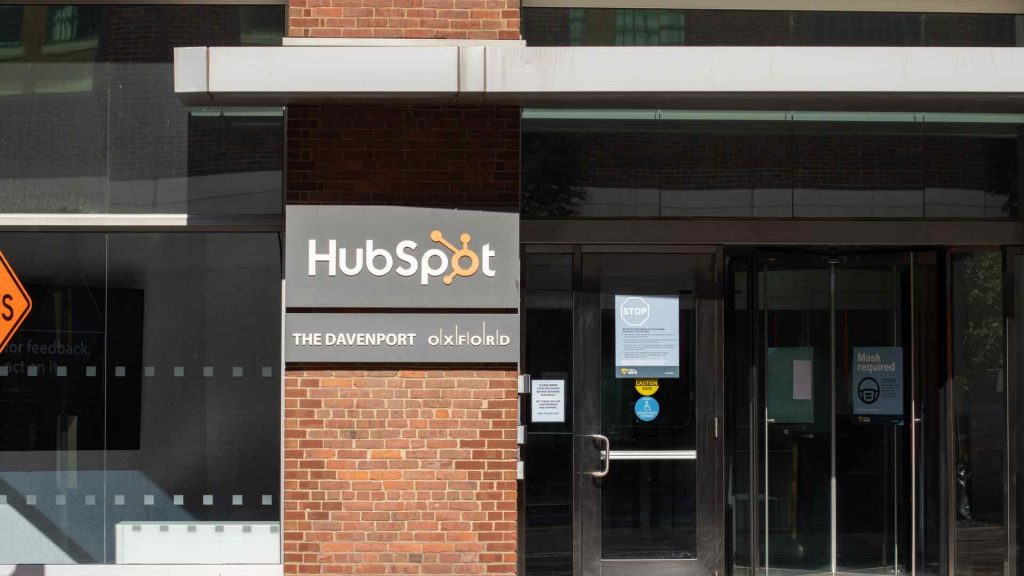
HubSpot is a global software company offering marketing, sales, and customer service tools. What sets them apart is how approachable and human they’ve made their brand, especially in a world where most business software feels cold or complex. From the beginning, HubSpot focused on small businesses and solo founders who needed something simple, helpful, and scalable.
Step 1 – Start with a Broad View of the Market
The world of CRM and marketing tools is crowded. On one end, you’ve got heavy-duty platforms like Salesforce built for big corporations. On the other, lots of one-purpose tools that only handle email, scheduling, or landing pages.
HubSpot spotted a gap: small businesses that were ready to grow but didn’t have the time or resources for complicated systems. These were founders doing everything themselves, often overwhelmed and unsure where to start.
Step 2 – Understand What Influences Buying Decisions
HubSpot dug into what mattered to these buyers. They wanted tools that were easy to understand, affordable, and didn’t require a sales call just to get started. Most were looking for quick wins – something that would save time and show results without a steep learning curve.
But there were blockers too: tight budgets, limited experience with digital tools, and fear of wasting money on the wrong product. To overcome this, HubSpot focused on building trust. They offered free tools, transparent pricing, and tons of educational content to help people learn as they go.
Step 3 – Group Customers into Clear Segments
HubSpot didn’t lump all small businesses into one group. Instead, they identified several segments based on needs and working styles:
- Freelancers and solo founders juggling everything alone
- Small service-based teams with no in-house marketer
- Agencies managing marketing for multiple clients
- Start-ups wanting a tool they could scale with over time
But instead of trying to serve all of them from the start, they looked at which group had the clearest need and was easiest to reach.
Step 4 – Choose the Right Group to Focus On
HubSpot chose to begin with small, service-based businesses doing their own marketing. These were often lean teams, sometimes just one or two people handling marketing alongside other tasks, already active online and looking for ways to attract leads and stay organised.
This group had an immediate need for a tool that was simple and affordable. They were also more likely to discover HubSpot through search or blog content, making them a perfect fit for a content-led marketing strategy. By serving this group well first, HubSpot could build traction before expanding to other segments later.
Step 5 – Create a Clear Customer Profile
One of HubSpot’s early personas might have looked like Mark. HubSpot designed everything with people like Mark in mind, from the friendly tone of their website to the step-by-step onboarding tutorials.
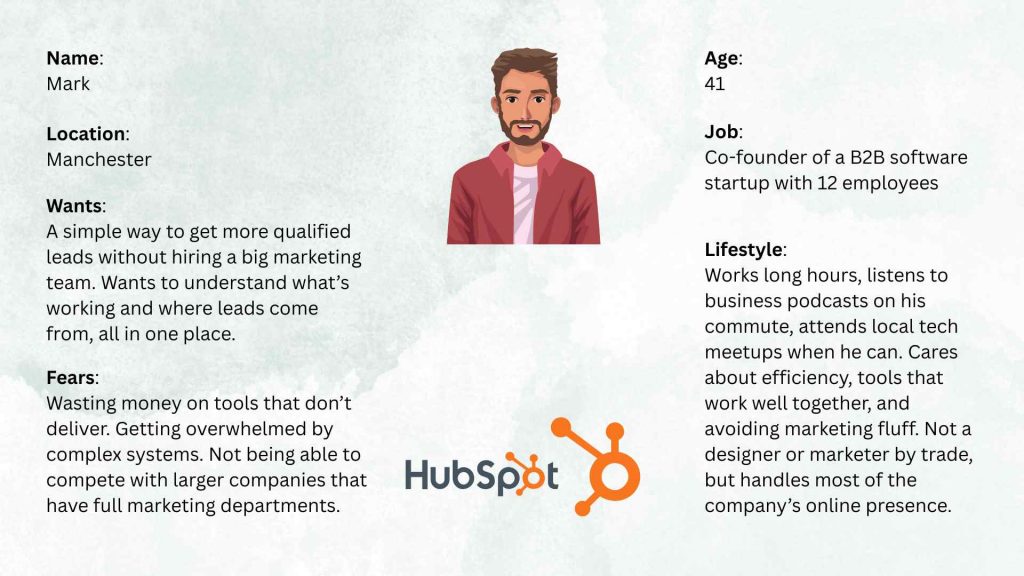
Step 6 – Adjust the Offer Based on Their Needs
HubSpot shaped their offer to match how small businesses actually work:
- Product: A modular platform that users can grow into – start small, add tools as needed
- Price: Starts free, with affordable upgrades along the way
- Place: Fully online, with self-service sign-up and no pressure to speak to sales
- Promotion: Helpful content, webinars, and courses through HubSpot Academy
They even used their own platform to do their marketing, so prospects could see it in action before ever signing up.
Takeaway for Small Businesses
HubSpot succeeded by removing stress and complexity. Instead of chasing every possible buyer, they focused on small teams who needed help and gave them exactly that.
If your customers are overwhelmed or unsure where to start, focus on making things easier, not more impressive. Simplicity builds trust.
Market Segmentation Examples from Netflix – How a Global Giant Gets Personal

Netflix is now one of the world’s most famous entertainment brands, with millions of subscribers. But its journey began differently. In the late 90s, Netflix started as a DVD rental service, offering customers a simpler way to watch films without late fees.
Their success didn’t happen by chance. This final example shows how thoughtful, evolving segmentation, based on real customer behaviour, can lead to massive growth.
Step 1 – Start with a Broad View of the Market
Netflix began by looking at the bigger picture: people enjoy watching TV shows and films. But that could mean anyone, living anywhere in the world, with completely different viewing preferences. So, instead of just targeting everyone, they focused on a specific problem: traditional TV felt rigid, cable packages were expensive, and viewers were stuck with limited options.
Even early on, Netflix saw a shift: more viewers were moving online, searching for convenience, choice, and flexibility. This gave them confidence that streaming could become the future.
Step 2 – Understand What Influences Buying Decisions
Netflix wanted to know why someone would choose their service and keep paying for it. Their ideal users wanted variety, convenience, and a flexible way to watch what they liked, when they liked.
But there were hurdles too. Not everyone had fast internet. Some people were sceptical about paying a monthly fee. Others were used to traditional TV and were unsure whether streaming would be worth the switch.
Netflix focused on removing friction. They made the platform easy to use, offered free trials, and made sure people could watch on any device. Over time, this helped build confidence and trust in a new way of watching.
Step 3 – Group Customers into Clear Segments
At launch, Netflix didn’t try to win over everyone. They looked closely at who was most likely to try streaming first. Four early groups stood out:
- Young adults (18–35) who were already watching content online
- Urban professionals with reliable broadband and busy schedules
- Students and tech-savvy users looking for flexible, affordable options
- Early adopters who liked exploring new platforms and tech
These groups had a mix of curiosity, convenience-seeking habits, and access to the right tools, making them a natural fit for early adoption.
As the platform grew, Netflix shifted its approach. Today, Netflix still uses demographic and location data to promote content by country or region, but most of their segmentation now happens through patterns in real-time behaviour. The result? A highly personalised experience that feels unique to each viewer.
Step 4 – Choose the Right Group to Focus On
Out of all the early groups, Netflix focused first on tech-savvy young adults who were already watching YouTube and downloading content. They didn’t need much explanation about how streaming worked.
This group was also vocal. If they liked something, they’d post about it or tell their friends. Netflix used this to build momentum, learning quickly and growing their fan base through word of mouth. Once that core group was hooked, they started expanding to families, older viewers, and international markets.
Step 5 – Create a Clear Customer Profile
Netflix shaped their early message around users like Jake. People like Jake helped shape everything—from the homepage layout to the way recommendations are delivered. Netflix made it feel like the platform already knew what you’d enjoy.
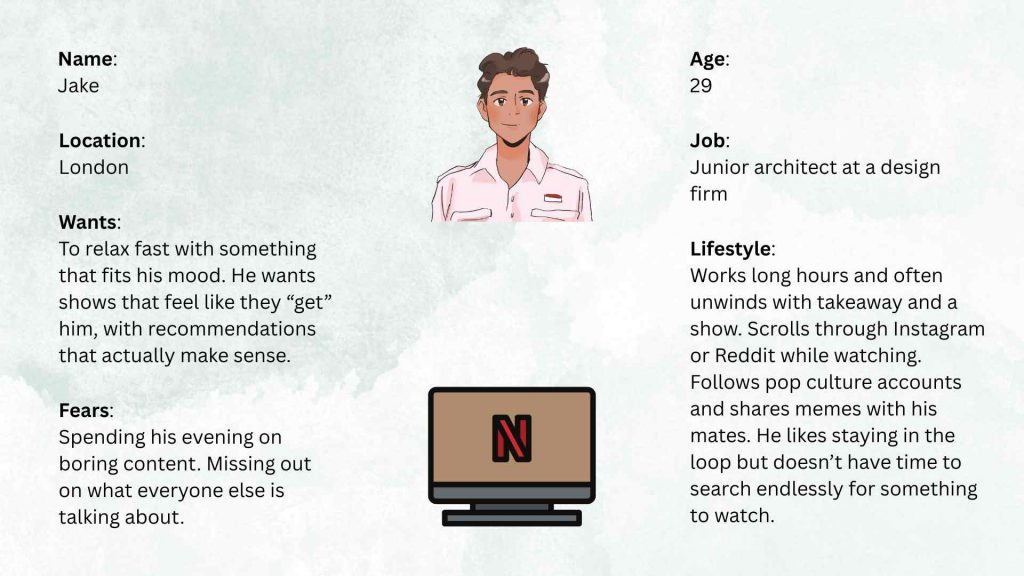
Step 6 – Adjust the Offer Based on Their Needs
Netflix constantly adjusts its offer to reflect what it learns from users.
- Product: New content tailored to regional tastes, interactive experiences like Bandersnatch, and features like “Skip Intro” or auto-downloading new episodes
- Price: Tiered plans with different features, including low-cost mobile-only options in developing markets
- Place: Available on smart TVs, phones, tablets, laptops, and game consoles, anywhere users already are
- Promotion: Personalised emails, in-app recommendations, and visuals based on each user’s past behaviour
Every element of the experience is driven by how users engage. The platform evolves in response to them.
Takeaway for Small Businesses
Netflix’s early success came from focusing on a group they understood well, and their long-term success came from using real behaviour to drive decisions.
Start small, watch how your customers interact with your business, and keep adjusting. You don’t need a complex system. You just need to listen well and act with purpose.
Final Thoughts
As you can see from these examples of market segmentation, targeting, and positioning, successful brands don’t become successful by trying to appeal to everyone from the start. They begin with a clear focus – choosing one audience, solving one problem, and serving that group really well.
You don’t need a big budget or an international team to do the same. Start with what you know, stay focused, and pay close attention to how your customers respond.
And don’t forget the final step 7 – Test, Learn and Improve. Segmentation isn’t one-and-done. It evolves as your audience does, so keep testing and adjusting as you grow.
Still not sure how to apply these steps to your own business? Contact Social Matrix! We’ll help you turn ideas into action.

